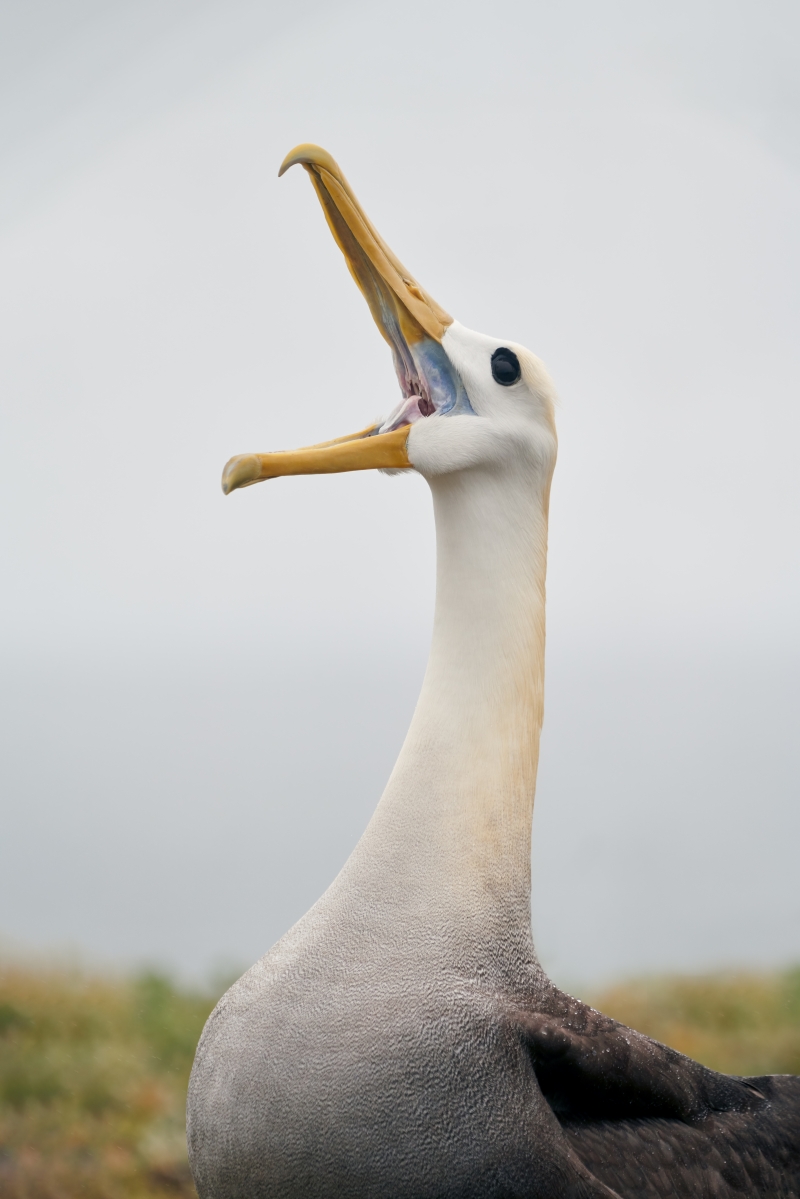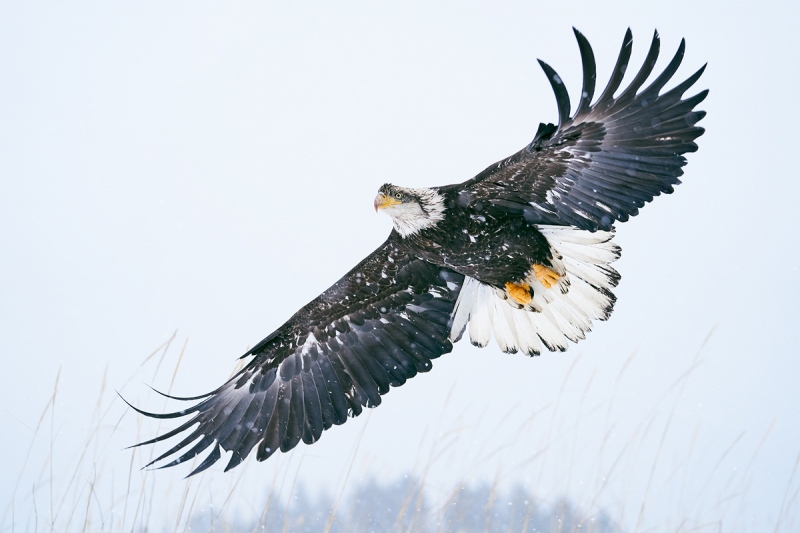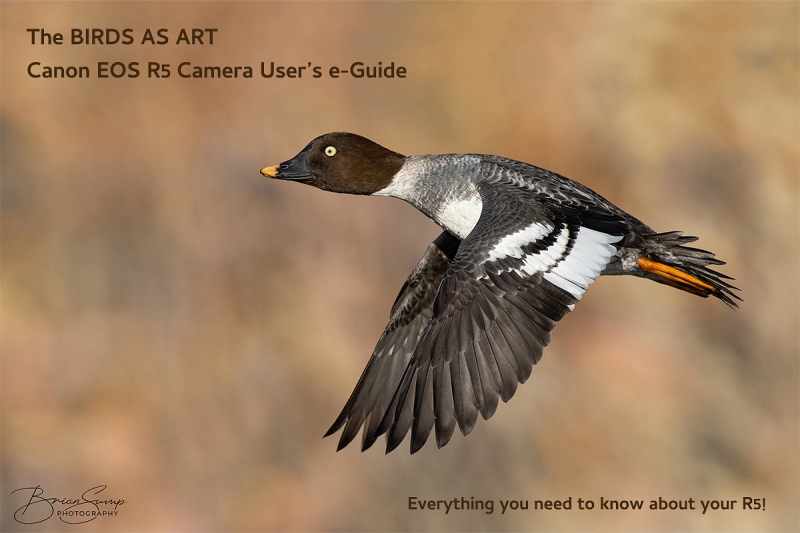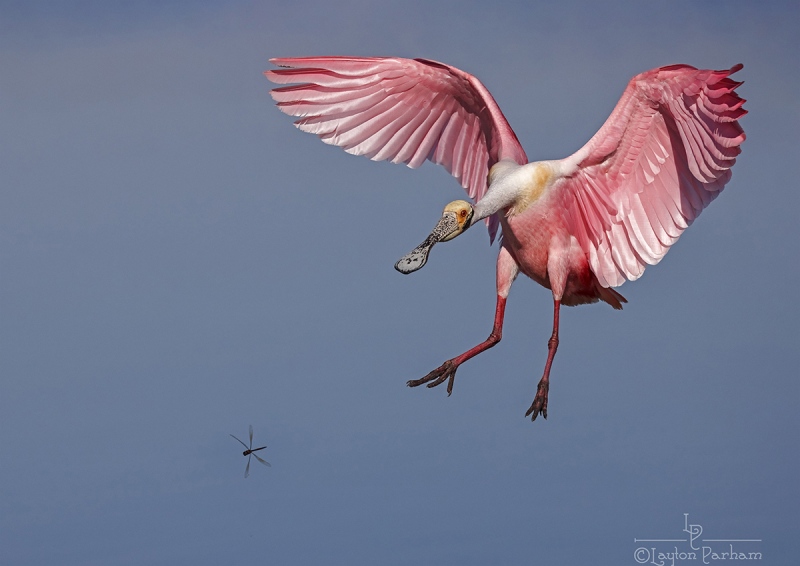What’s Up?
I headed down to the lake early on Sunday morning hoping to find the new crane family coming off the nest in the South Marsh. I arrived 15 minutes before sunrise, only to find the family of four feeding right where they have been for the past ten days. Needless to say, I had fun. I even tried some head shots with the hand held 200-600/1.4X TC/a1 combination.
I headed back down to the lake about an hour before sunset. I put up two perches on posts near a recently dismantled boat dock. I am hoping that nobody takes them down. And if that works, I am hoping to get a nice Anhinga or a Little Blue on one of them in the morning. Sunset was very good with a stiff east wind and some decent color.
Today is Monday 5 April 2021. Rajat Kapoor is driving over from his beachside hotel in Melbourne with his younger son to see and photograph the cranes chicks and the single surviving large colt. The forecast is perfect: clear with a 10mph wind from the east. Though there have not been a lot of vultures around, I will likely put out the raccoon that has been in the fridge for far too long. Wherever you are and whatever you are doing, I hope that you have a great day.
This blog post took less than an hour to prepare and makes 104 consecutive days with a new one. Please remember to use my B&H affiliate links or to save money at Bedfords by using the BIRDSASART discount code at checkout. Doing either often earns you free guides or discounts. And doing so always earns my great appreciation.
R5 Guide Kudos
Unsolicited, via e-mail, from Fernando Ramos
The excellent Canon EOS R5 Camera User’s e-Guide is unlike anything I’ve encountered. Your detailed instruction supported by excellent reasoning is exactly what I needed to set-up my Canon EOS R5. Thank you for sharing your expertise with me; as a result, you saved me immeasurable time. Fernando
Unsolicited, via e-mail, from Joel Eade
Thank you so much for the R5 guide! It is a wonderfully written, extremely comprehensive document that would benefit any R5 user. It is evident that a tremendous amount of time and effort was required to create it. After reading through, I can say it that flows in a logical fashion and that each item is carefully described in a way that is not difficult to follow. I agree with 99% of your set up suggestions 🙂 Joel
|
|
|
Cover Image courtesy of and Copyright 2021 Brian Sump (Sump scores!)
|
The BIRDS AS ART Canon EOS R5 Camera User’s e-Guide: $75.00
The guide is 82 pages long: 21,458 words. More than 50 DPP 4 Autofocus-depicting screen captures. And a 31 minute 44 second educational video. This guide took three and a half months of hard work and a ton of help from at least seventeen very helpful and generous folks.
The guide covers — in great detail — all Menu Items that are relevant to bird, nature, and wildlife photography. It does not cover video. The section on AF methods and the AF Gallery has been expanded from the R5/R6 AF e-guide. It remains the one of the great strengths of this guide. I share my thoughts on what I am sure is the single best AF Method for photographing birds in flight. As most of you know, the guide includes a simple and easy way to change AF Methods that was introduced to me by Geoff Newhouse. In the AF Gallery you will see exactly how Face Detection plus Tracking AF works. In the Educational R5 Gallery video, I share my favorite R5 images along with dozens of bird photography tips and techniques.
In addition, I teach you how to get the best exposures with your R5. Detailed instructions on using the great In-camera HDR and Multiple Exposure features will be appreciated by creative folks who like to have fun. The three shutter modes are explained in detail as well. Bruce Dudek solved the can’t-get-to-Auto ISO problem that had stumped everyone at Canon. This information is of course shared in the guide. You will learn how to set up your EVF (Electronic Viewfinder) and Screen toggle options. Not to mention that the mysterious performance of the Q Button is revealed and simplified. Brian Sump’s images reveal how well you can do when using the R5 with EF lenses using one of the three Canon EF-EOS R Mount Adapters (as Donna did with Image #1 below). You will learn how I use Customize Dials to put either ISO or EC on the Thumb Dial and how to set up and save Custom Shooting Modes (C1-C3) that can remember both your Customize Dial and Customize Button settings! That is something that none of the SONY bodies do. 🙁 Near the end of the guide I share my all-important MY MENU items with you.
Like all BAA educational materials, the R5 guide is written in my informal, easy-to-follow style. I am quite proud of this guide and look forward to hearing your thoughts on our hard work.
You can purchase your copy of the BIRDS AS ART Canon EOS R5 Camera User’s e-Guide for $75.00 here in the BAA Online Store or by calling Jim in the office weekday afternoons at 863-692-0906 with your credit card in hand.
New and Better Bedfords Discount Policy!
You can now save 3% on all of your Bedfords photo gear purchases by entering the BIRDSASART coupon code at checkout. Your discount will be applied to your pre-tax total. In addition, by using the code you will get 2nd day air shipping via Fed Ex.
Grab a Nikon AF-S Teleconverter TC-14E III and save $14.99. Purchase a Canon EOS R5 and your discount will be $116.97. Purchase a Sony FE 600mm f/4 GM OSS lens and save a remarkable $389.94! Your Bedford’s purchase no longer needs to be greater than $1,000.00 for you to receive a discount. The more you spend, the more you save.
Money Saving Reminder
Many have learned that if you need a hot photo item that is out of stock at B&H and would enjoy free second-day air shipping, your best bet is to click here, place an order with Bedfords, and enter the coupon code BIRDSASART at checkout. If an item is out of stock, contact Steve Elkins via e-mail or on his cell phone at (479) 381-2592 (Central time). Be sure to mention the BIRDSASART coupon code and use it for your online order to save 3% and enjoy free 2nd-day air shipping. Steve has been great at getting folks the hot items that are out of stock at B&H and everywhere else. The wait lists at the big stores can be a year or longer for the hard to get items. Steve will surely get you your gear long before that. For the past year, he has been helping BAA Blog folks get their hands on items like the SONY a9 ii, the SONY 200-600 G OSS lens, the Canon EOS R5, the Canon RF 100-500mm lens, and the Nikon 500mm PF. Steve is personable, helpful, and eager to please.


Gear Questions and Advice
Too many folks attending BAA IPTs (remember those?) and dozens of photographers whom I see in the field and on BPN, are–out of ignorance–using the wrong gear especially when it comes to tripods and more especially, tripod heads… Please know that I am always glad to answer your gear questions via e-mail. Those questions might deal with systems, camera bodies, accessories, and/or lens choices and decisions.
|
|
|
This image was created by multiple-IPT veteran Layton Parham on 27 March 2021 at Stick Marsh, Fellsmere, FL. He used the handheld Canon RF 100-500mm f/4.5-7.1L IS USM lens (at 428mm) and the highly touted 45MP Canon EOS R5 Mirrorless Digital camera body. ISO 800. Exposure determined via test image and blinkies evaluation: 1/4000 sec. at f/9 in Manual (M) mode. AWB at 9:38am on a sunny morning. Please see the BIRDS AS ART Canon EOS R5 Camera User’s e-Guide to learn the best R5 AF Method for flight and action.
Click on the image to enjoy a larger version.
Image courtesy of and copyright 2021; Layton Parham
Roseate Spoonbill and damselfly (in serendipitous flight!)
|
Serendipitous Flight
Both the spoonbill and the damselfly were sharp and in the original frame. Layton did a nice job of moving the damselfly to improve the compositional balance.
Unsolicited, via e-mail, from Layton Parham
I can’t thank you enough for the hard work you put into preparing the R5 Guide! It is worth way more than the $75.00 price tag. Upon receiving it, I stayed up late, read the whole thing twice, and changed my camera settings as recommended in the guide. Early the next morning, I headed to Stick Marsh. I made more that 600 photos, all in tack-sharp focus! I only had to delete six. Enclosed are a couple of the good ones. Layton
The Stick Marsh Site Guide Subscription Service
The Site Guide Subscription Service is a new concept. I e-mailed the first issue last week: Stick Marsh Site Guide e-Mail #1: The Basics. The Basics e-mail includes specific directions to the site, and a map of the rookery area with specific instructions and wind, weather, and where-to-be advice. I e-mailed the second installment recently. In it, I shared several new shooting locations and strategies. I will be sending e-mail #3 on Monday with lots more to come.
To sign up for the Stick Marsh Site Guide Subscription Service, call Jim in the office weekday afternoons at 863-692-0906 with your credit card in hand or send a PayPal for the $100.00 to us at birdsasart@verizon.net. Please be sure to include the words Stick Marsh with your PayPal. At some point, we will get this item in the BAA Online Store.
I fully understand that you can go to Google Maps, find the Stick Marsh, visit, and likely make some good or great images. You might think, I can do fine just without artie’s advice. But you will do a whole lot better with it. The annotated map alone is worth the price of admission.
Typos
With all blog posts, feel free to e-mail or to leave a comment regarding any typos or errors.




















